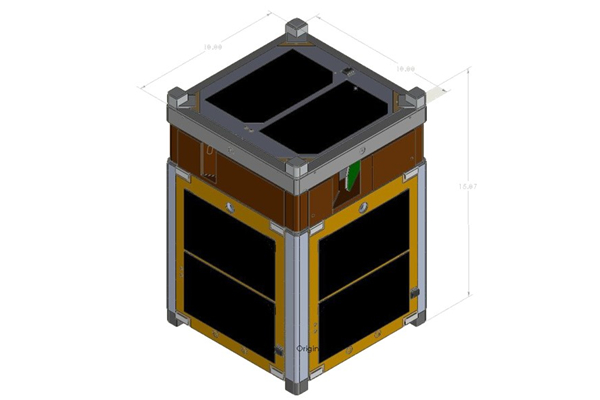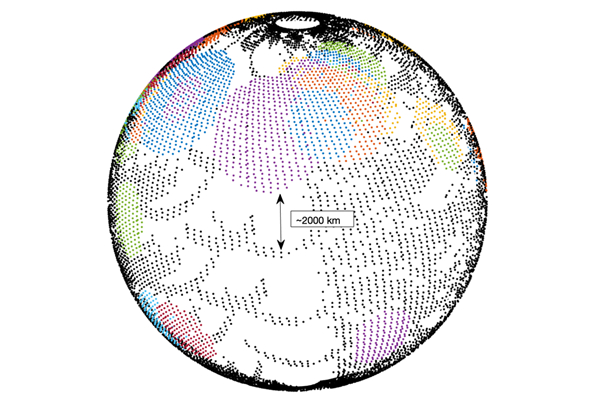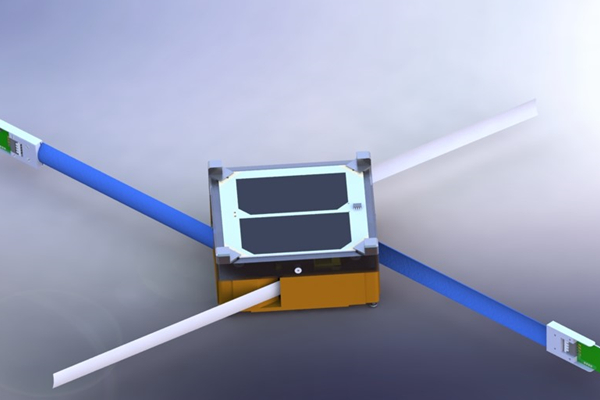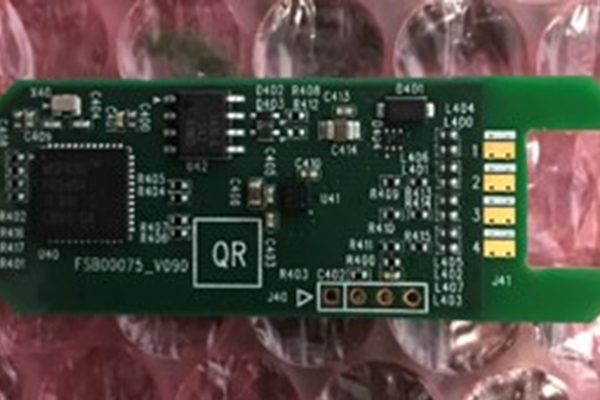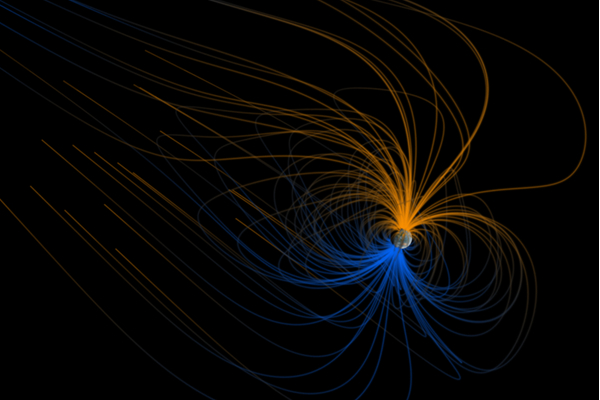MAGNETO
Magneto was the first all student designed, built, and tested 1.5U Cubesat in conjunction with the Department of Astronautical Engineerings project class, ASTE 491. USC was supported by key components from Omega Engineering, in particular terrestrial sensors that would support the measurement of the Earth's magnetic field. The satellite was offered a ride on FireFly's first launch in the summer of 2020.
The primary mission objective is to use low-cost COTS sensors to measure the Earth's magnetic field in LEO, and compare those results with a more expensive ESA Swarm mission to demonstrate utility of small and cheap doesn't mean inaccurate.
A secondary/tertiary mission objectives were to use ephemeris, sun sensor, and gyro inputs to estimate pose/position in orbit, and to update higher accuracy TLE's through Time of Closest Approach (TCA) access through collaboration with the global amateur radio community.
The entire mission, the satellite design, and software were done by students through a full academic year (two semesters).
Students redesigned the Caerus quad deployer to enable it to deploy two magnetometers on non-metallic booms, along with two separate carpenter tape monopoles that provided the beacon and HamShield mini transceiver communication.
UPDATE MARCH 2020: Due to Covid-19 and closure of USC campus, the student team was not able to complete integration and test and delivery to its original launch date.
